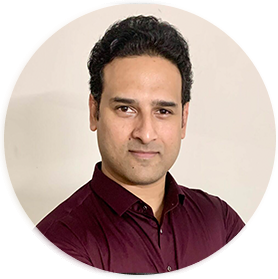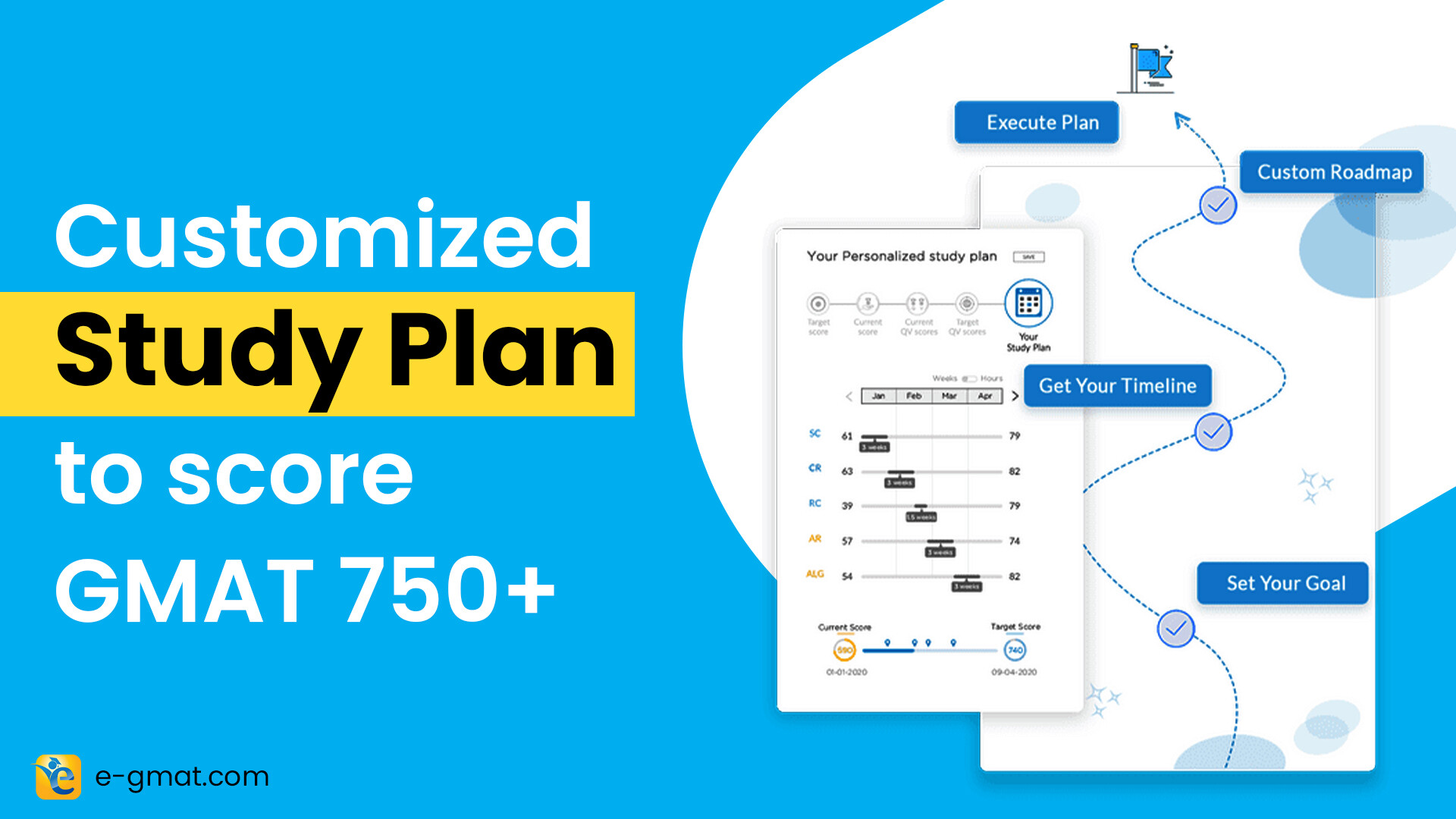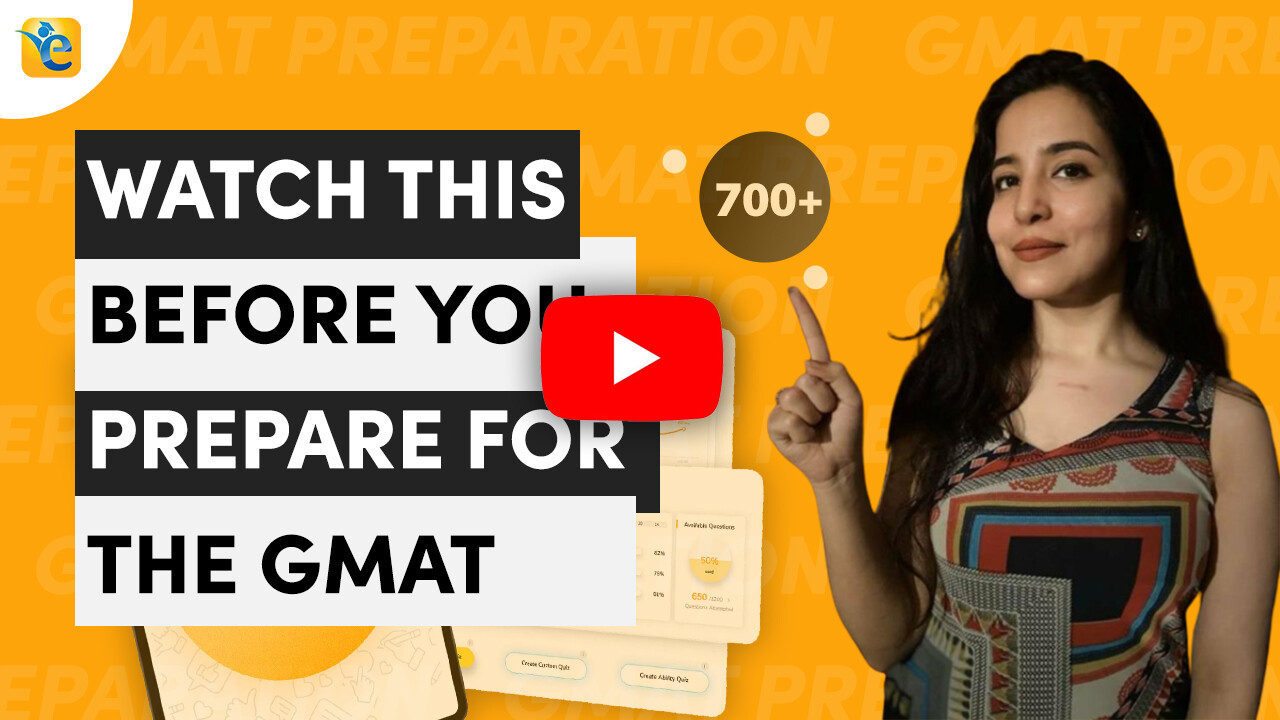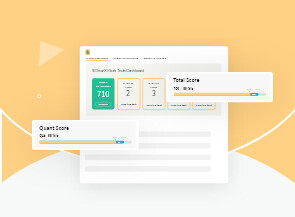After scoring 690 on the GMAT in-center test, Astitva Agarwal was able to improve his score and get 770 on the GMAT Online exam. He had a good hold over Quant but was losing out when it came to the verbal section. Once he was able to learn the concept and pinpoint where he was going wrong, he improved his verbal score from V32 to V44.
How did he do that?
Many things contributed to his success, but most importantly, Astitva was able to acknowledge his habit of forgetting things. Thus, by making notes, revising them regularly, and continuous practice through Scholaranium helped him achieve GMAT 770.
With sheer dedication to achieve his targeted score is what made the difference.
In this article, we walk you through Astitva’s GMAT Journey and highlight how he approached the GMAT verbal section. You can also watch his video debrief below.
- 00:30: First Attempt GMAT 690
- 1:46: Taking up the e-GMAT Course
- 2:32: GMAT OG vs. e-GMAT Course
- 3:39: Sentence correction Approach
- 5:47: Critical Reasoning Approach
- 6:27: Reading comprehension Approach
- 8:06: GMAT Online Experience
- 9:40: GMAT Online vs. In-Center Test
- 12:26: Set up for the at-Home GMAT test
Here is the outline of the article:
- First Attempt and GMAT Preparation Resources
- How to ace the GMAT Verbal Section?
- GMAT Online Exam Experience
Planning to take the GMAT? Why don’t you try our FREE trial? We are the most reviewed online GMAT Preparation company with 2400+ reviews on the GMAT Club. Also, Check out how Manasi was able to score a 770 on the GMAT through e-GMAT Online prep course and got admit from top business schools like Harvard, Stanford, Kellogg, and INSEAD.
First Attempt and GMAT Preparation Resources
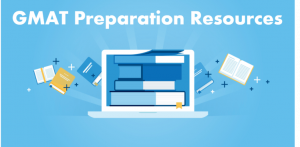
Rajat: Tell us about your first attempt where you scored 690 (Q50, V32) on the GMAT?
Astitva: For my first attempt, I went through the Official GMAT Guide and Verbal review before I took the test. I gave myself time to practice but ended up scoring 690. There was a knowledge gap. I realized that I did not understand why the answer choice was wrong.
Rajat: What was your biggest takeaway from the e-GMAT course?
Astitva: When it comes to Quant, I have a solid knowledge base, but in verbal, I did not have it. I was struggling to determine:
- Which answer choice was correct?
- What is the logic behind the correct answer choice?
- Where to use the different types of sentence correction rules?
Manas, from the e-GMAT Team, impressed upon how I have 80% of the knowledge but did not have that finishing touch. This prompted me to get the e-GMAT course.
Rajat: What was the difference between the GMAT OG and the e-GMAT course?
Astitva: The significant difference between the GMAT OG and the e-GMAT course is the explanation of the question and answer. For example, in GMAT OG, they have mentioned that the modifier is wrong for a problem. However, there is no explanation of what a modifier is, how to place it, etc.
In the e-GMAT course, every question is explained, and it also pointed out why an answer is wrong/correct. This helped me a lot as now I was able to understand why I went wrong and how to think in the right direction.
How to ace the GMAT Verbal Section?

Rajat: How did you approach the GMAT sentence correction section?
Astitva: In the Sentence correction section, even if my logic said that an answer choice is correct, I could see that it was not grammatically right and was able to see why the meaning was wrong. Thus, a meaning-based approach helped me ace this section.
Rajat: You already had a good foundation in this section, but still, you went through the entire e-GMAT course. Why is that?
Astitva: I could have just gone through the e-GMAT application files, but I was aware of the fact that e-GMAT gives a lot of importance to the application review. Thus, I didn’t want to leave any stone unturned and wanted to go all in.
Rajat: How did you approach the critical reasoning section?
Astitva: The whole process of the falsifications scenario helped a lot in the CR section. Before learning those methods, I use to go through the answers and see where I was going wrong. There was no defined process. However, the falsification method helped me to clear out my thinking.
Rajat: As you went to reading comprehension, how did things change overall? Did your approach change at all?
Astitva: Before starting the Verbal section, I went through the master comprehension from the e-GMAT course. Thus, while solving the SC questions, I used those rules taught under master comprehension.
Besides, if you do CR before RC, in my case, it helped a lot. RC questions look like CR questions, and it was easier for me to solve them.
If you want to try out the e-GMAT course that helped Astitva score a 770, sign up for our Free Trial. We can also help you with a personalized study plan and give you access to quality online content to prepare. Write to us at acethegmat@e-gmat.com. We are the most reviewed GMAT prep company on GMAT Club with more than 2400 reviews
GMAT Online Experience

Rajat: You took the GMAT Online exam. How was your experience?
Astitva: Taking the at-home GMAT Exam was different. From a technology standpoint, the overall experience was good. I practiced on the e-GMAT online Whiteboard, which was more than enough. Once you get used to the Online Whiteboard and your typing speed is right, then it won’t make much of a difference.
Rajat: Which tools on the Whiteboard did you use often?
Astitva: I mostly used the text box. I used to type things out. The main problem came when we had to put a square root, which you cannot type. So, I started using small abbreviations for square root. I used RT, CT, and started to put everything in the brackets.
Rajat: Can you elaborate more on the GMAT online vs. In-center GMAT test experience?
Astitva: To take the in-center GMAT test, I had to go to a different city or arrive at the destination one day before. Thus, the primary concern was traveling to the test center, and with the GMAT Online, I was able to take the GMAT at home. I think taking the test in your own surrounding does ease your mind and affects your performance.
Learn more about the diffrence between GMAT Online and In-center test by Sehar Khanna, a GMAC representative.
Rajat: It does. I think having your computer when you are at home, a machine you’re familiar with also makes a difference. I would also like to know did you connect your computer to the wi-fi? Or did you connect wired internet to wi-fi?
Astitva: I connected through Wi-fi. However, I did get disconnected once during the exam, but it was not a network issue. I faced a software issue on the GMAC site.
Learn more about the specifications for the Online GMAT Exam.
Rajat: How was the interaction with the online Proctor?
Astitva: There were two times the Proctor kind of bothered me. I have a habit of keeping my hand on my face, so the Proctor pointed out that I should remove it. Also, I yawn sometimes and end up going outside the frame of the camera. Apart from that, the process was smooth.
Rajat: What kind of setup did you have to make for taking the GMAT test at-home?
Astitva: Firstly, I asked all my family members to keep the volume down of the TV and talk slowly. You will require to have a desk, and before the test starts, the Proctor will ask you to take the camera and show your surroundings/desk.
Check out tips on setting up your room for the GMAT Online test.






